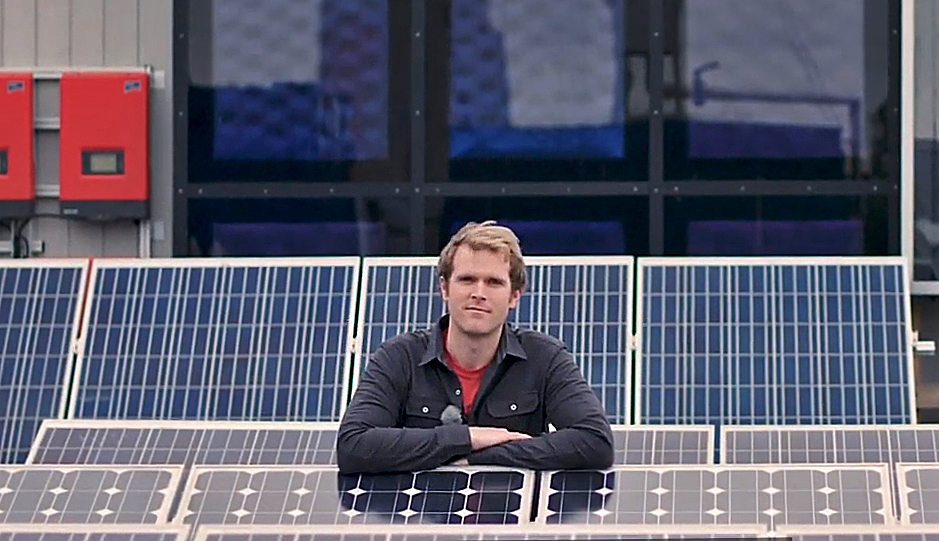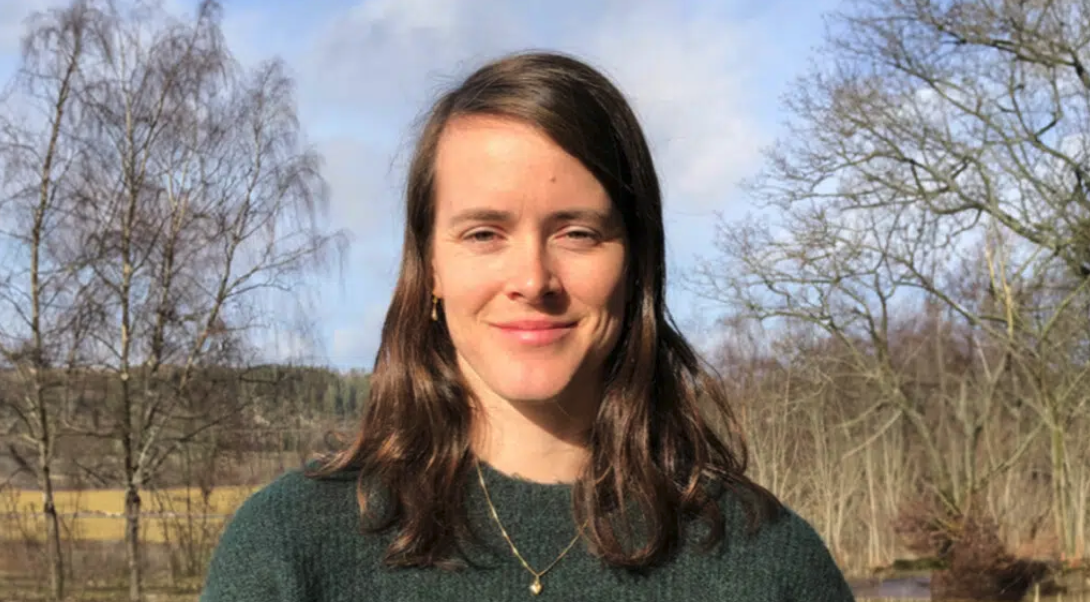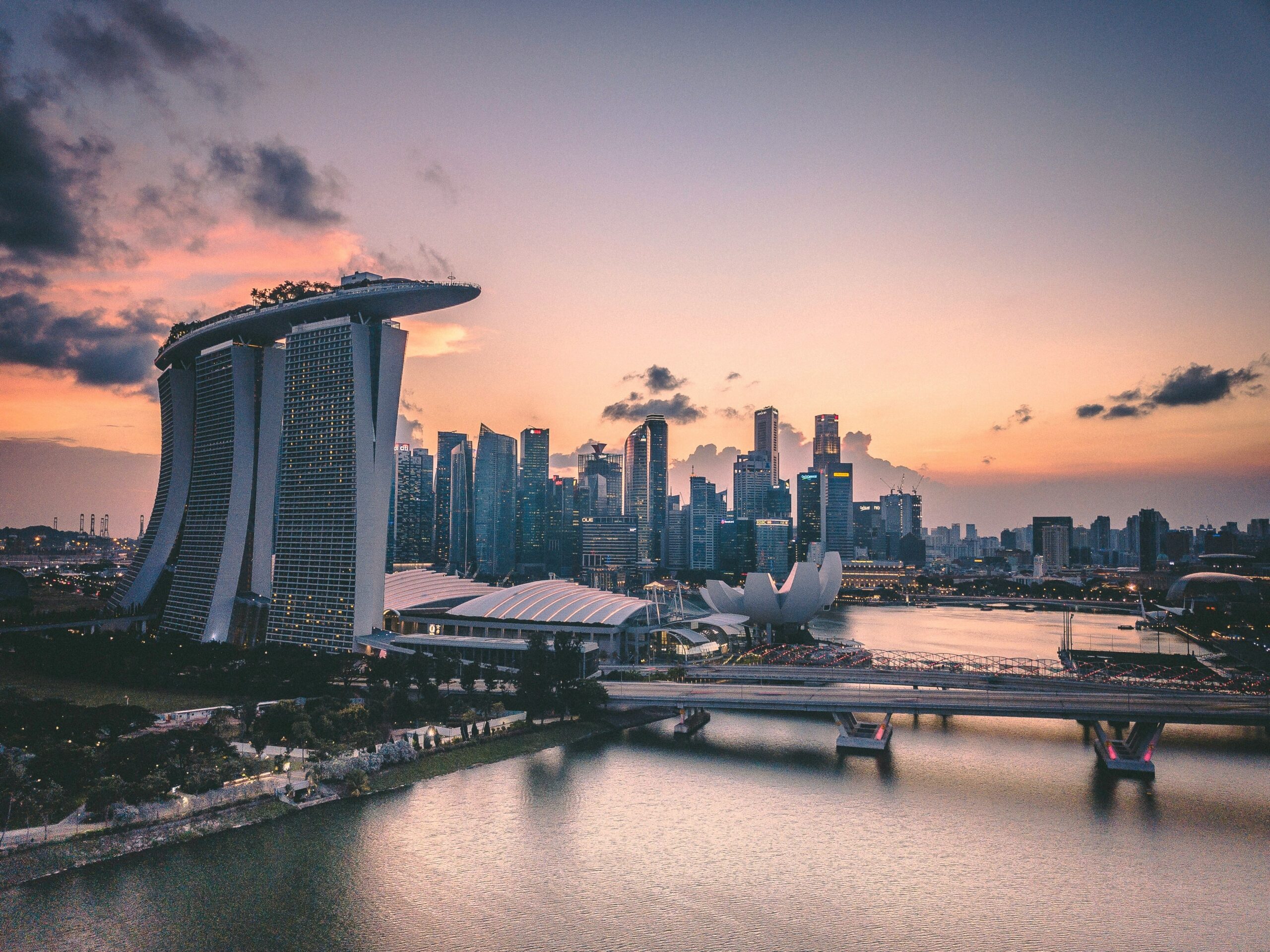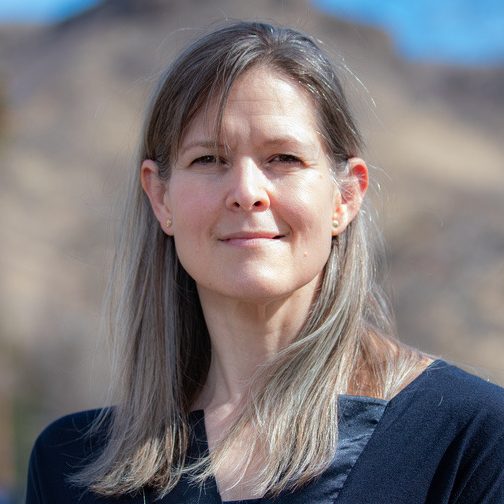Meet Nelson Sommerfeldt, a Postdoc at the Energy Systems Engineering, Economics, and Data Analytics Group (ENSEED) at the Unit of Applied Thermodynamics and Refrigeration at KTH.
Nelson is a member of the Working group Smart Society at Digital Futures and his research is focused on electrical and thermal energy supply in buildings and cities and stems from solar photovoltaic (PV) integration.
Hi Nelson, you’re originally from the northern reaches of Upper Michigan in the US, but since 2010 based in Stockholm. What was the reason for coming all the way to Sweden?
– The food and weather, of course! Okay, so it was 2008, I was working in product design and manufacturing and wanted to shift into the energy sector. At the time the US was lagging Europe on renewable energy, so interesting jobs were hard to come by. I decided to look into graduate schools dedicated to renewables, which again were lacking in the US, and luckily I stumbled onto a listing of European schools offering programs specifically focused on sustainable energy. My wife and I both have Swedish heritage and thought it would be an interesting experience. What was supposed to be a two-year stint has now been over a decade. Come for the education, stay for the food and weather!
You are one of the members of the Working group Smart Society at Digital Futures – tell us a bit about this and what you do?
– Our group’s role within the Digital Futures platform is to help shape how digitalization should work for society. It has been quite difficult actually to define what a “smart society” is or should be, and there is a risk that any digital technology used by people falls under that banner. Right now we are reviewing the current projects categorized as Smart Society to find if our current definitions hold and preparing a seed project to provide a richer analysis and proposal for how the smart society research agenda in Digital Futures should look going forward.
Your work is focused on sustainable energy systems with the goal of empowering individuals with information and technology to take matters into their own hands – why is this goal of empowering individuals so important?
– End users are a large piece of the sustainable energy puzzle. There are relatively few occurrences in our lives where we can make high impact decisions related to energy sustainability, for example, which car to buy or how to renovate our homes. A lot of research focuses on the modification day-to-day behaviors, such as diet or water usage, however I feel the greatest leverage can be found in these rare, high impact decisions. The challenge is figuring out how to provide people with transparent, trustworthy, and complete information without overtaxing them, especially as the system’s complexity increases.
Integrating techno-economic, socio-technical and political perspectives on energy transitions sounds rather difficult – how can researchers come to “correct conclusions” on what is required?
– Haha, yes, it is very difficult! The techno-economic part is relatively easy, it’s when you bring in the social and political aspects where things get messy. I think Sweden does a good job of leveraging market mechanisms in the energy system, which in my opinion provides the most neutral platform towards finding “correct conclusions,” at least to the extent there can be any. This ties back into empowering people and allowing them to make the decisions, because I feel we all want to find a sustainable outcome and if provided good information and the right incentives we will get there. By comparison, I have been working in Michigan these past few years, and I find the business and politics of energy much more entangled and difficult to work within. Could just be a symptom of the current state of American politics, but it’s something that really stands out for me.
Finally, tell us a little bit about yourself!
– Well I spend the majority of my time working, but when I’m not I try to spend as much time outdoors as I can. My wife and I just bought a fritidshus near Jukkasjärvi where she works as a dogsledding guide. We also enjoy hiking, camping, skiing, mountain biking, kayaking…all that good stuff. You could say there is a stark contrast between my highly digital work and my rather analog hobbies, but it’s important to get away from screens especially as their addictive properties get stronger.
Link to the profile of Nelson Sommerfeldt
Photo: KTH





